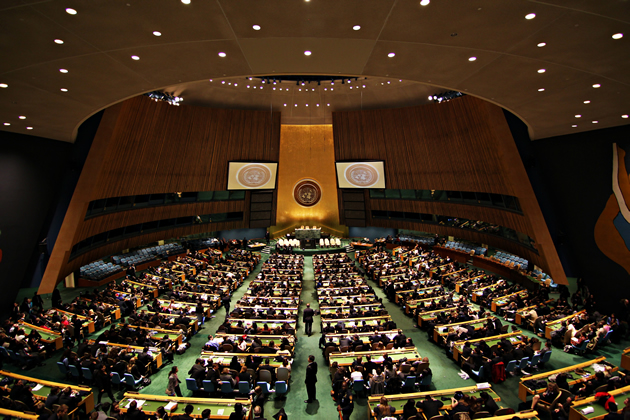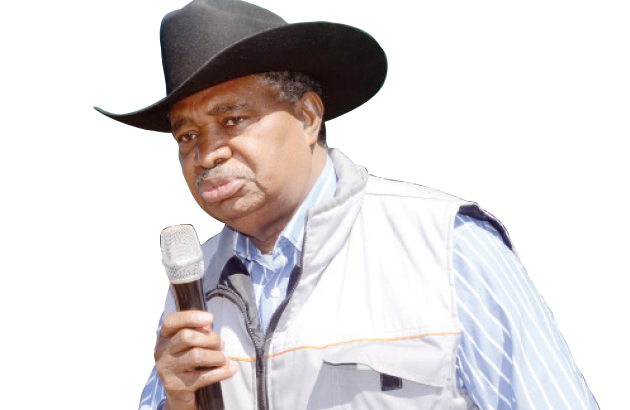Agricultural marketing consolidation vital

Charles Dhewa
Agriculture marketing should start with consolidating producers and aggregating commodities. This implies the presence of physical market infrastructure. Since not all infrastructure fit all sizes, each community should have a market master plan and rational criteria for developing agriculture markets. While commodities are pulled to big urban markets like Mbare in Harare and Malaleni in Bulawayo, significant amounts of commodities should be held in local wholesale markets at production zones.Unfortunately, organisations like farmer unions and NGOs over-concentrate on production at the expense of marketing. It seems farmer union services end at the production stage yet they should be in the market consolidating demand and supply for their members as well as matching production plans with marketing plans.
At the moment, where these organisations try to intervene in markets, their interventions are rather ad hoc and predatory, focusing mainly on negotiating for higher prices irrespective of quality, volume and other critical market factors.
Consolidating producers and aggregating commodities should be a major role of farmer unions. Due to the absence of strong efforts to aggregate agricultural commodities at local level, most commodities continue to flow to Mbare in Harare and other big markets. The following graphics depict what flowed into Mbare wholesale market from various provinces of the country in January 2016.
Characteristics of an agricultural wholesale market
While the wholesale market concept is popular in the formal finished goods industry, mostly imported from South Africa and other countries, it has not been fully embraced in field crops and livestock.
However, important lessons can be gleaned from agricultural wholesale markets like Mbare in Harare and BUTA in Bulawayo. In these markets, the wholesale market has become a powerful institution built on traders co-existing and sharing knowledge over a long period of time.
Through the notion of wholesaling, traders have established trends and patterns in agriculture commodities. Their behaviour is almost the same in terms of speculative tendencies, deal making and negotiating skills. Thorough understanding of commodities over a long time has resulted in a viable institution. You can find 1 000 – 1 500 traders who have worked together in the wholesale market for the past four years. Most have mastered their business and know their niche markets intimately. They also have an idea of their orders per week.
How farmers are different
Unlike traders in the wholesale market, farmers who bring commodities to urban markets also bring diverse skills and patterns of market participation, resulting in weak bargaining power.
Some have skills on volume of commodities by type. Most do not participate in the market at the same time. They also have different relationships with buyers and understanding of market operations. As if that is not enough, different categories of farmers also compete with each other.
One category wants to fix prices so that a stable platform for negotiation is created. The other category comprises desperate farmers who quickly bring commodities to the market to solve pressing problems. These cause chaos in the market by undermining their patient peers.
Looking closely at the so-called Makoronyera phenomenon, one can see that it has been created by farmers’ desperation and lack of coordination. When farmers bring commodities indiscriminately, opportunism by some unscrupulous traders increases. Farmers who engage in desperate selling will be doing more of side-marketing than participating properly in the market.
These scavenging habits result in the majority of farmers remaining at subsistence levels when they should be on a growth trajectory to becoming competent commercial producers.
Commodities with different quality attributes in the same market
Additional negative habits by farmers include trying to push commodities with different quality attributes into the same market.
Poor quality commodities end up being sold at give-away prices and if these commodities are more than high quality ones, they undermine chances of good quality commodities being bought as buyers are lured to compete for huge volumes of poor quality products whose prices are also very low.
Diversity in cost of production
and distance to market
Differences in cost of production present enormous challenges for farmers on the market. While some farmers use their own resources to grow crops, others are funded by banks. Another group is supported by NGOs. These three groups of farmers have different production cost structures, resulting in different expectations.
One farmer may have incurred low production costs and can afford to wait for the market to improve while the other wants to sell quickly in order to service a short term loan. One day a farmer comes into the market and if s/he incurs a loss, s/he doesn’t want to come back again. In another situation, a big farmer pushes small farmers out of the market by bringing huge volumes at once. If such a farmer dominates the market for three months with potatoes, many small farmers are negatively affected.
Distance to the market is also forcing farmers to sell commodities at whatever price. If commodities are not bought within three days, farmers incur 100 percent loss. Evidence recently gathered by eMKambo revealed that less than 5 percent of farmers participate in the market for three quarters of the year. About 20 percent participate up to six months.
The majority participate for about three months a year, mainly when they are off-season. This makes it very difficult to determine the exact size of the farmers market.
At least 80 percent of the farmers who engage in winter horticulture take horticulture as a stop gap measure during winter and a source of income to buy maize inputs. This means for at least 80 percent of the time, the farmers market is not dominated by farmers. One time farmers are in the market and the other time you don’t find them because they don’t have commodities to bring to the market.
Local wholesale
markets as an option
A sensible option for farmers is establishing local markets or holding centres in production zones. From these local markets, it becomes easy to collect production and marketing plans well ahead of the harvesting season towards informing other value chain actors.
This information can be consolidated at wholesale market level where each market’s absorptive capacity is known. ICTs can be used to link local markets with other markets, making it easy to determine supply. At one point Masvingo market has a deficit while Mbare has a glut.
Properly organising holding centres and deploying ICTs will solve such challenges. Using e-commerce and ICTs, Masvingo traders should be able to leapfrog other actors and buy directly from Mutoko farmers. This shortens the chain and reduces transaction costs.
To avoid unnecessary costs, distribution should be based on orders. Most traders know what they want to buy tomorrow. Collecting such information from each trader can reveal the size of the order and related demand.
It is currently becoming very difficult for processors to make investment decisions because they are not assured of constant supply. All supplies can be taken by the informal market to be consumed as raw commodities. Planning orders ahead of time will be address some of these challenges. In addition, orders have to come with standards and specifications.
Market infrastructure issues
Infrastructure at most urban agriculture markets is currently not designed for storing and maintaining the quality of surplus commodities. For instance, there are no cooling and warehouse facilities. Farmers are forced to bring commodities they are sure will be sold per day. As a result, what appears to be surplus is sold at give-away price. Setting up rural holding centres will make it viable for farmers to send commodities to bigger markets and enjoy economies of scale. Farmers in Gokwe can simply send a 7-toner truck of commodities to Bulawayo market rather than individually taking buckets and crates of commodities to distant market.
Charles Dhewa is a proactive knowledge management specialist and chief executive officer of Knowledge Transfer Africa (Pvt) (www.knowledgetransafrica.com ) whose flagship eMKambo (www.emkambo.co.zw ) has a presence in more than 20 agricultural markets in Zimbabwe. He can be contacted on: [email protected] ; Mobile: +263 774 430 309 / 772 137 717/ 712 737 430.












Comments